Ligustrum, why are you dying?
sherigrounds
10 years ago
Featured Answer
Sort by:Oldest
Comments (20)
rhizo_1 (North AL) zone 7
10 years agosherigrounds
10 years agoRelated Professionals
Ashburn Landscape Architects & Landscape Designers · Glassmanor Landscape Architects & Landscape Designers · Tempe Landscape Contractors · Costa Mesa Landscape Contractors · Gallatin Landscape Contractors · Lorain Landscape Contractors · Lynn Landscape Contractors · Paterson Landscape Contractors · 45056 Window Contractors · Opa Locka Window Contractors · Winnetka Window Contractors · Des Plaines Driveway Installation & Maintenance · Gaithersburg Decks, Patios & Outdoor Enclosures · Lauderdale Lakes Decks, Patios & Outdoor Enclosures · Little Rock Decks, Patios & Outdoor Enclosuresflorauk
10 years agolisanti07028
10 years agosherigrounds
10 years agorhizo_1 (North AL) zone 7
10 years agosherigrounds
10 years agoflorauk
10 years agorhizo_1 (North AL) zone 7
10 years agosherigrounds
10 years agosherigrounds
10 years agorhizo_1 (North AL) zone 7
10 years agosherigrounds
10 years agosherigrounds
10 years agordufrene
8 years agosylvie sarkissian
6 years agolisanti07028
6 years agomarc martin
6 years agomarc martin
6 years agolast modified: 6 years ago
Related Stories
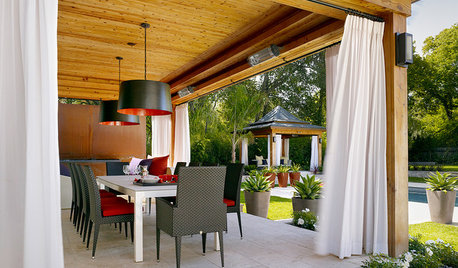
PATIOSGet Backyard Privacy the Subtler, Stylish Way
Why settle for a hulking brick wall when plants, screens and other refined backyard dividers do the job with panache?
Full Story
LANDSCAPE DESIGNThe 7 Best Plant Types for Creating Privacy and How to Use Them
Follow these tips for using different kinds of plants as living privacy screens
Full Story
GARDENING GUIDESGrow Your Own Privacy: How to Screen With Plants and Trees
Use living walls to lower your home and garden's exposure while boosting natural beauty in your landscape
Full Story
GARDENING GUIDESTree Care: Common Tree Diseases and What to Do About Them
Learn to recognize trees that may be affected by diseases or pests so you can quickly take action
Full Story
GARDENING GUIDESSoutheast Gardener's December Checklist
Don't hang up your shears and gloves all month: 8 ways to keep your green thumb from freezing over
Full Story





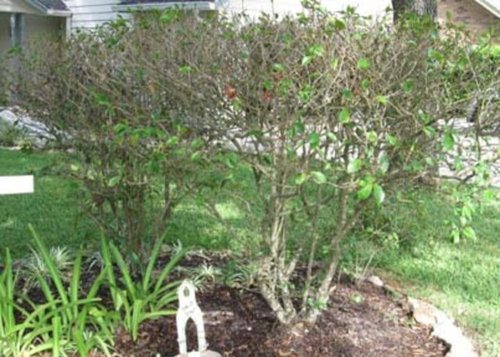
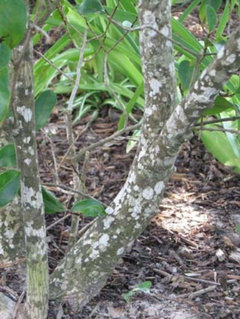
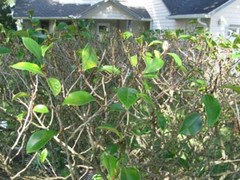
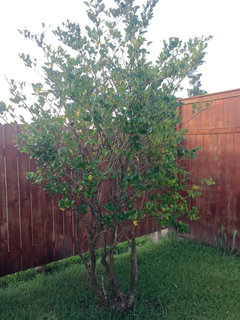
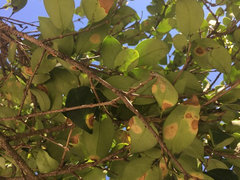
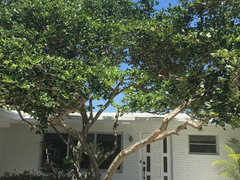
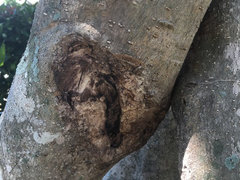

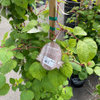
ken_adrian Adrian MI cold Z5